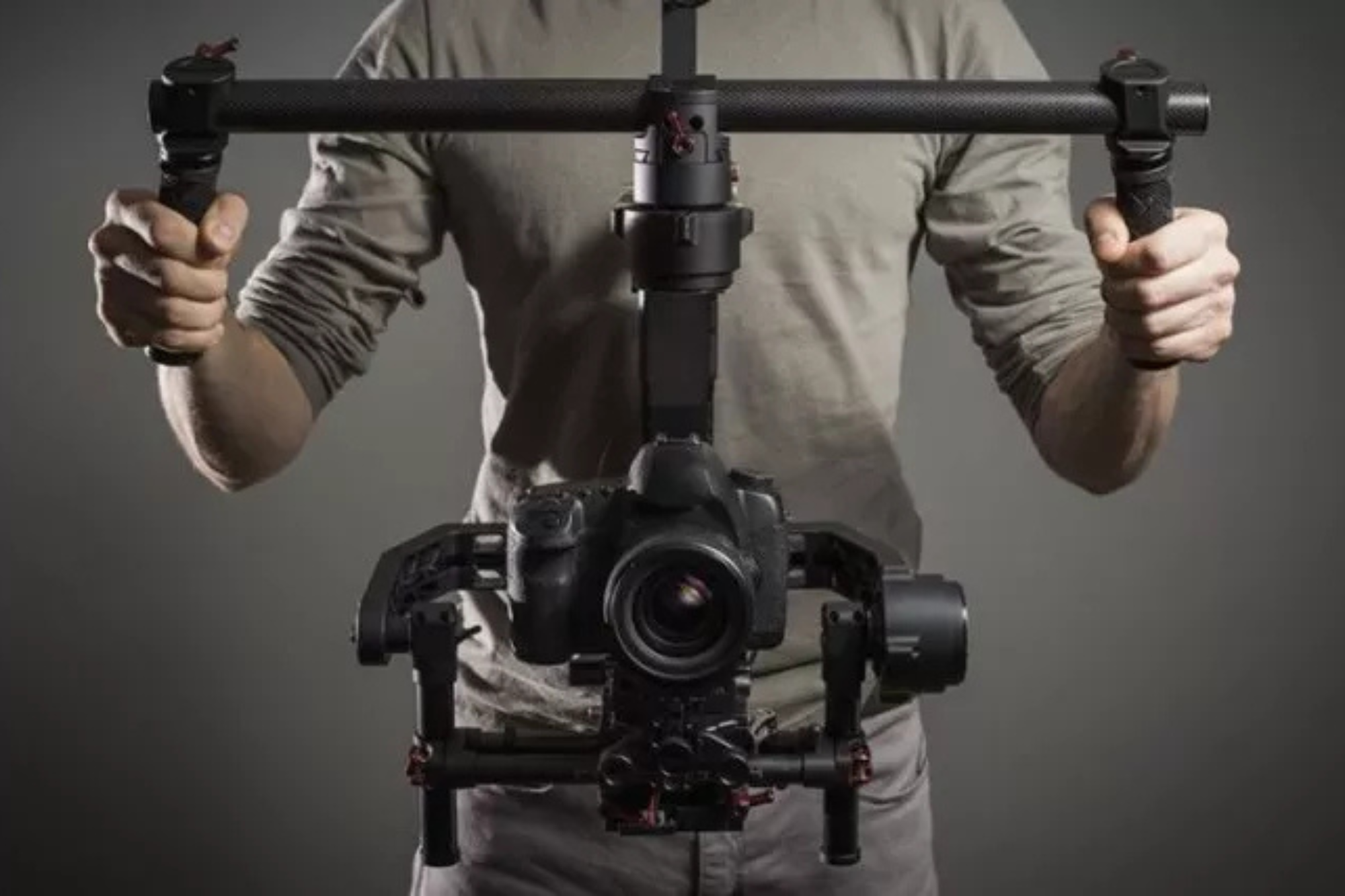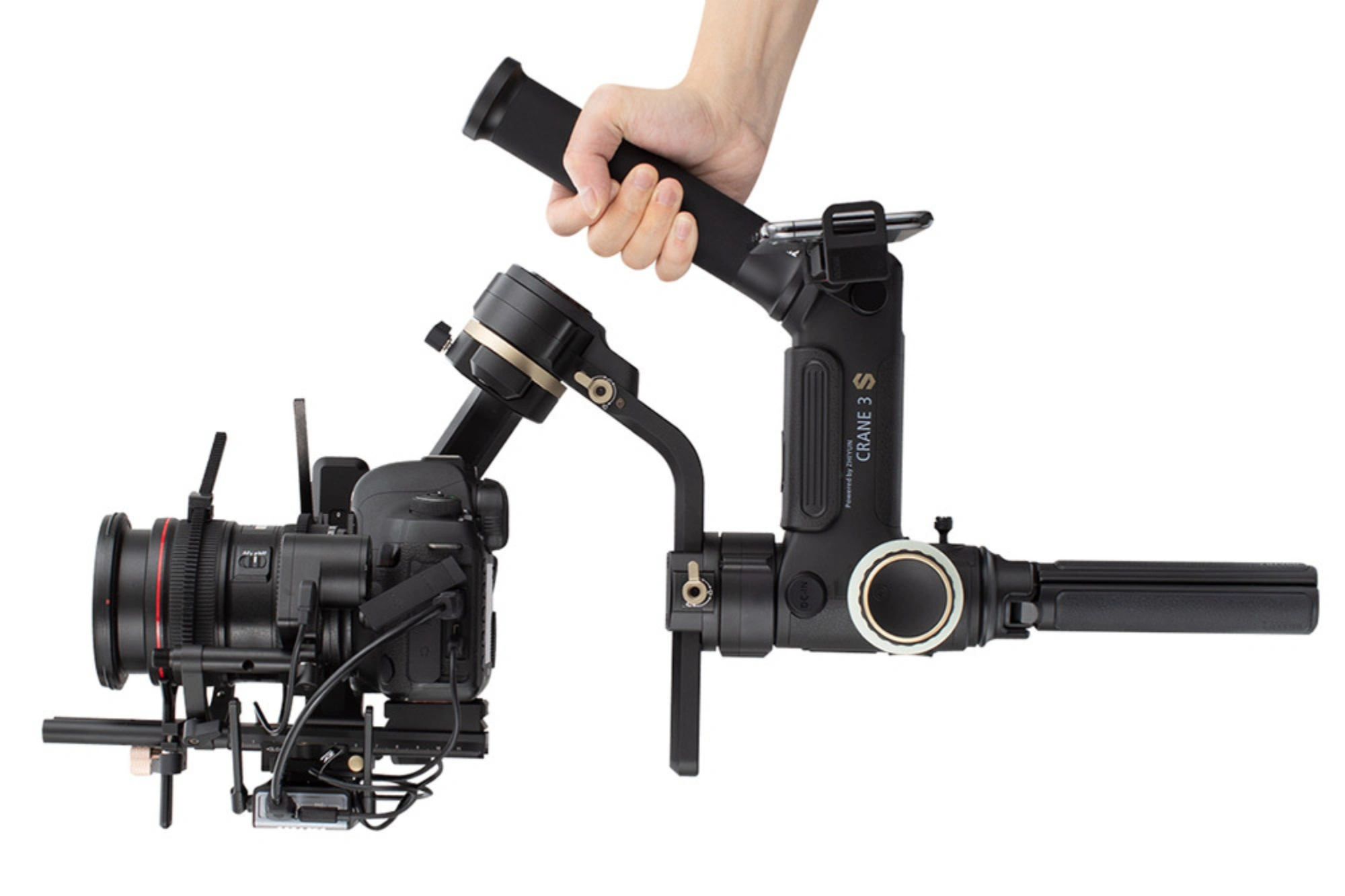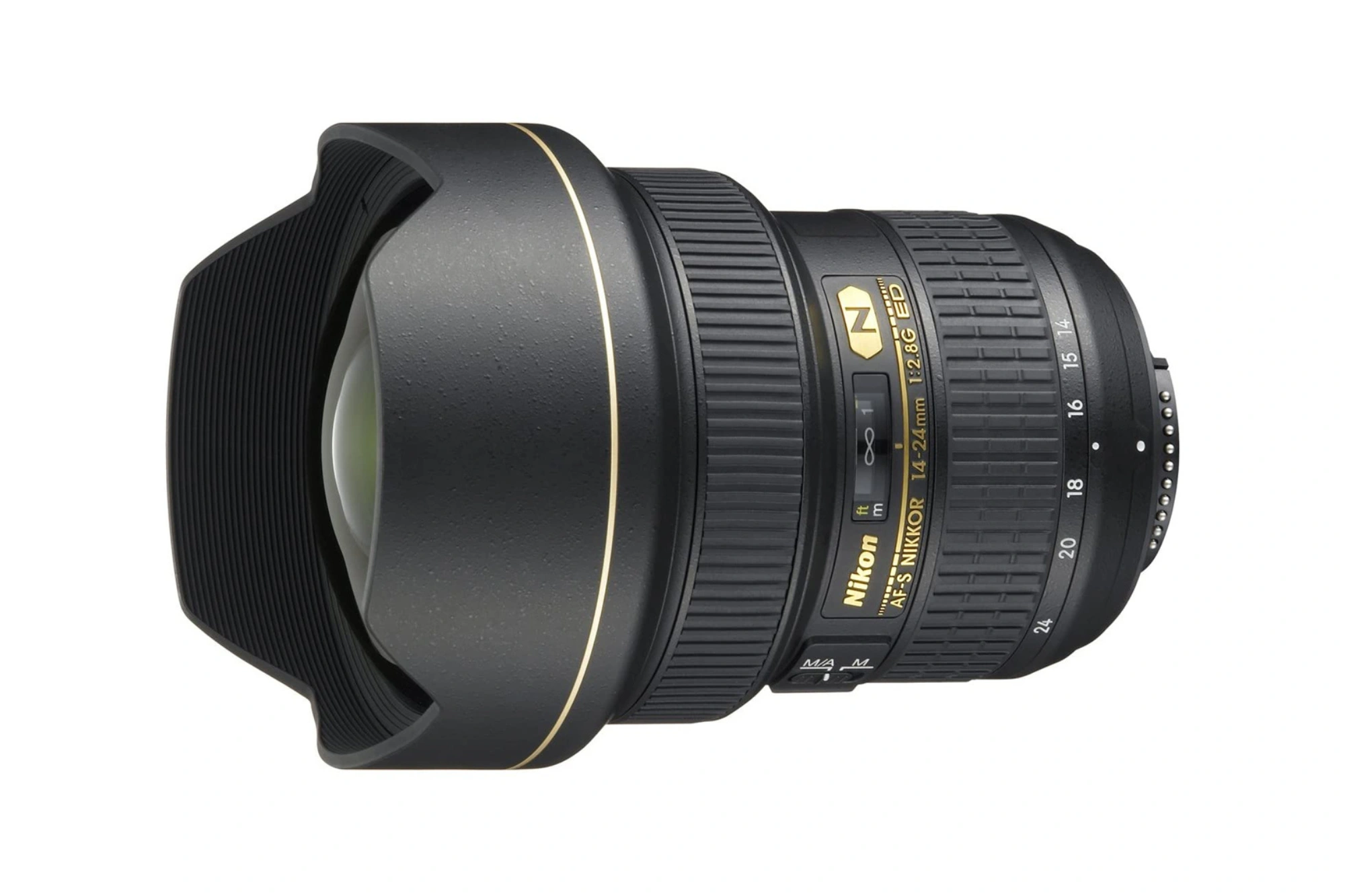Do you ever wonder when you are watching a high action movie and the camera is still able to capture all shots perfectly without any bumps or breaks? If yes, then let us tell you that it is the work of a gimbal camera. A gimbal camera is a powerful tool through which you can create professional looking videos. This technology is now no longer restricted to big Hollywood productions. Rather a normal individual like us can also access this and that too without breaking the bank. Creators who are into travel vlogging or action videography can utilize this technology for creating some high quality content and that too effortlessly. For more insights about this powerful camera, read out the whole post.
What Is Gimbal ?
First let us make you understand about the gimbal. Gimbal is a pivoted support. It basically allows an object to spin around a single axis. When you shoot a video or photo with it, it stabilizes everything and thus the pictures and videos come out to be perfectly stable. It makes use of motors alongside sensors to maintain a camera level. It eradicates any unwanted movement. In simple words gimbal has the potential to handle your camera on its own and then lets you get smooth and cinematic shots.
How Does A Gimbal Work?
A gimbal camera uses a 3-axis system. These are: Pitch, Pan and Roll.
✓ Pitch: This is the movement of up as well as down.
✓ Pan: Pan is also known as Yaw. This is the side by side movement.
✓ Roll: Last one is Roll. As the name itself suggests, this is the rotation of the camera.
So as written above, a gimbal makes use of powerful motors. These motors have links to all the three axes. Further, an on-board computer controls these motors. This on-board computer makes use of sensors. Therefore these sensors detect even the slightest of movement or you can say shake. After detection they immediately send the signals to motors to move. The motors then start with the task of adjustments. All this process takes place in real-time and within a blink of an eye. Thus the outcome is perfectly stable and super smooth footage.
Gimbal Vs. Image Stabilization
Many users confuse Gimbal with image stabilization. But the fact is that Gimbal technology and image stabilization technology are both different. Image Stabilization basically has two types one is OIS (Optical image stabilization) and the other one is EIS (Electronic Image Stabilization). They work inside the camera or lens. OIS shifts the lens element to compensate for the movement whereas EIS uses a software to crop and shift the image.
Now the Gimbals are different. They move the entire camera. EIS and OIS can reduce the minor bumps and movements. Whereas the Gimbal holds the potential to completely erase off major disturbances. A Gimbal gives you floating effect and therefore it is suitable for serious videography.
Benefits Of A Gimbal Camera
A Gimbal camera has many advantages. It can easily transform your whole video content into an extraordinary piece of content.
✓ Professional Grade Smoothness
The very first advantage is complete smoothness. Gimbal makes your videos very polished. Shaky footage is a major distraction for the viewers. So gimbal can help you smooth out the same.
✓ Creative Freedom
Yet another advantage is creative freedom. With the help of Gimbal camera you can create smooth tracking shots. You can do dynamic low-angle shots. Further, you can also fetch other seamless movements. Overall, a gimbal camera opens up all the creative doors for you.
✓ Versatility
Do you know that Gimbals come in different sizes? There are gimbals for your smartphones, for all forms of cameras including DSLR cameras. This means everybody can go for it.
Types Of Gimbal Cameras
There are majorly three types:
-
Smartphone Gimbals
Smartphone gimbals are compact in size. Thus they are portable as well. They are suitable for vloggers and social media content creators. Brands like DJI and Insta 360 make some great Gimbals for smartphones.
-
Camera Gimbals
These are made for the larger cameras like for mirrorless and DSLR cameras. These Gimbals can easily handle more weight. They are suitable for filmmakers. As well as for videographers.
-
Integrated Gimbal Cameras
Some cameras have a gimbal built right in. The camera itself is part of the gimbal unit. The DJI Osmo Pocket series is the perfect example of an integrated gimbal camera. These are super compact and thus flexible to use.
How To Use A Gimbal ?
Learning how to use the gimbal is quite easy. First you need to balance your camera. Before you activate the gimbal, attach the camera strategically to it. The right placement doesn’t put too much pressure on the motors thus the battery life is also saved.
Moving further, while shooting with a gimbal walk with bent knees. It is also known as gimbal walk. It helps absorb sudden disruption and thus smooths out your movement.
Next up, experiment with different modes.
Most gimbals have different shooting modes. You can lock an axis. You can have the camera follow you. Play around with these features to unlock new shots.
Who Can Use The Gimbal?
There are no such restrictions to use a gimbal camera. Everybody can use it. It is suitable for YouTube creators. Gimbal can help them in creating cinematic shots. Further, it can be a great companion for the travellers as well. With it you can shoot content even while cycling or walking. Next up, Gimbals are essential for professional filmmakers. Thereafter for sports enthusiasts it is non-negotiable because with the help of gimbal you can easily capture fast moving subjects.
So with this we hope you are now well aware about what exactly the gimbal is.




